-
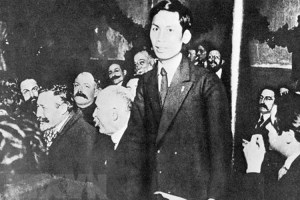
A documentary on President Ho Chi Minh’s building culture of peace will be broadcast on the National Assembly TV on May 19 night.
-
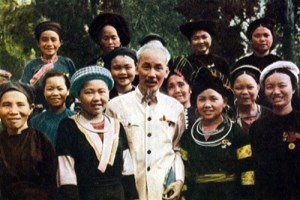
Prof. Dr. Yang Dao clearly remembers that when he was only 4-5 years old, he and his family had the honour to welcome Uncle Ho and the Viet Minh delegation in Meo Vac district and was impressed by his simple and close gesture.
-
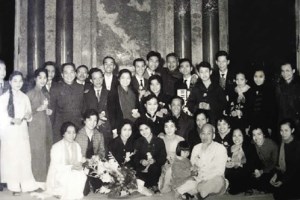
Over the past 76 years, following Uncle Ho's teachings, the Voice of Vietnam (VOV) has become a modern and powerful multi-form and multi-media communication agency; maintaining its position as the main and important press agency of the Party and State; and as a trusted and beloved bridge and forum of the people inside and outside of the country, making a great contribution to the construction and defense cause of the Fatherland.
-
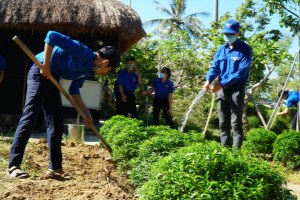
The Thua Thien-Hue provincial Youth Union has held an array of activities to celebrate the 110th anniversary of Uncle Ho’s departure to find a way to save the country.
-
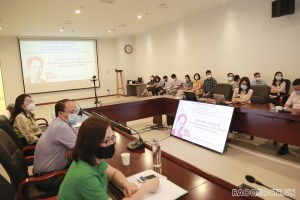
On June 21, party cells of the Ministry of Foreign Affairs organized a symposium to celebrate the 110th anniversary of Uncle Ho’s departure to find a way to save the country (June 5, 1911).
-

More than 300 valuable photos, documents and exhibits on President Ho Chi Minh are on display at an exhibition which opened at central Thua-Thien Hue province-based Ho Chi Minh Museum on June 17.
-
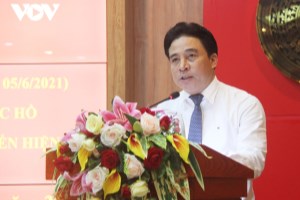
Khanh Hoa Province has organized a talk entitled "From Uncle Ho's journey to find a way to save the country to the desire to build a rich, beautiful and modern Khanh Hoa Province", in celebrating 110 years since the late leader’s start on a journey to look for ways to save the country from the colonial yoke (June 5).
-
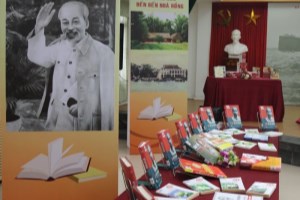
More than 400 documents and newspapers on President Ho Chi Minh are on display at an exhibition which opened at Hanoi Library to celebrate the 110th anniversary of his departure to seek ways for national salvation (June 5).
-
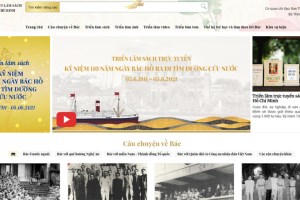
The online book exhibition is opened at the website book365.vn by the Department of Publication, Printing and Distribution from June 4 to 15 to celebrate the 110th anniversary of Uncle Ho’s departure to find the ways to save the country.
-
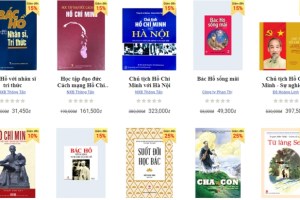
Books on President Ho Chi Minh’s life and career are introduced at the online book fair at https://book365.vn from June 4 to 30 to mark the 110th anniversary of President Ho Chi Minh’s departure to seek a path to liberate the nation (June 5, 1911-2021).